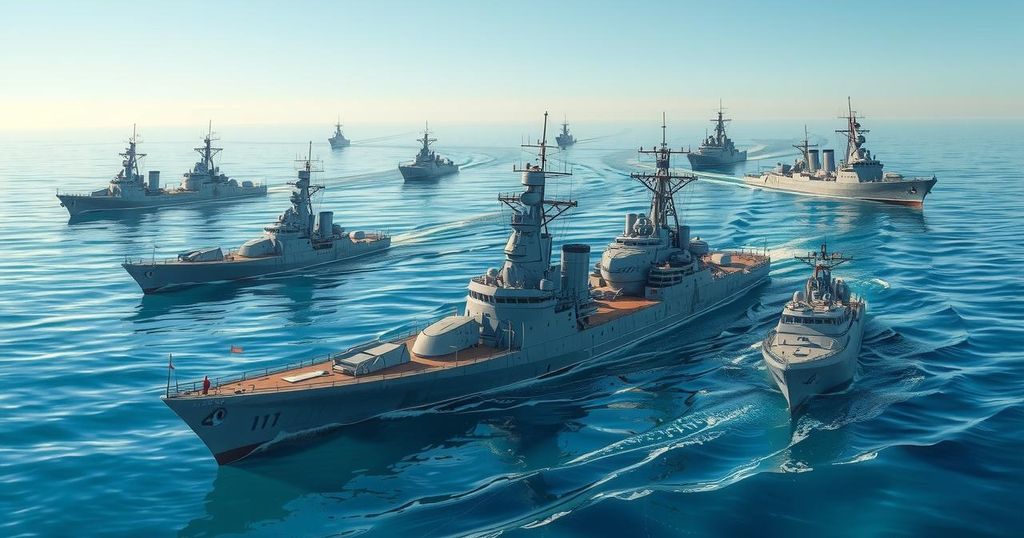Ukraine’s Strategic Upper Hand in the Black Sea Conflict

Ukraine’s Navy has gained control in the Black Sea against Russian forces, using advanced missile technology and USVs to shift maritime power dynamics. Political scenarios may influence future capabilities, while innovative adaptations remain crucial in sustaining this advantage.
The ongoing war in the Black Sea highlights Ukraine’s surprising advantage over Russia, particularly in surface drone operations. Despite being significantly outmatched at the onset of the 2022 invasion, Ukraine’s Navy, in concert with intelligence agencies, has successfully pushed the Russian fleet back to its own coast, regaining sea control in the region.
Ukraine’s ability to maintain dominance in the Black Sea environment is bolstered by its capacity to inflict damage on any re-entering Russian forces. With innovative advancements and continued development of military technology, Ukraine appears to hold significant strategic advantages in this maritime domain.
A notable reversal has occurred as Russian warships, which once targeted Ukrainian positions near Odesa, are now primarily situated in the eastern Black Sea. This shift was catalyzed by Ukraine deploying shore-based anti-ship missiles, with the destruction of the Russian flagship Moskva in April 2022 marking a critical turning point. Such developments have effectively pushed Russian naval operations farther away from crucial areas.
The introduction of uncrewed surface vessels (USVs), alongside advanced missile systems capable of engaging Russian vessels in Sevastopol, has reinforced this trend, confining the Russian fleet to the port of Novorossiysk, remote from strategic outlets like Odesa. Nonetheless, the Russian Navy continues to pose a considerable threat, employing Kalibr cruise missiles against Ukrainian cities and adapting its defenses against Ukrainian USVs.
Moreover, Russia’s hold on Crimea and its strategic naval base at Sevastopol plays an integral role in the contest. This area not only serves as a military asset but is also vital for exploiting natural resources within Ukraine’s exclusive economic zone, making the Russian Navy’s withdrawal from Sevastopol significant in this context.
Politically, the current landscape is rapidly evolving, posing potential scenarios for Ukraine’s future. One possibility includes Ukraine encountering pressure to accept an unfavorable peace deal, underlining the need for sustained military capabilities against future Russian incursions. Alternatively, Ukraine may choose to continue its defense independently, though this presents severe challenges without American backing.
In the absence of U.S. intelligence, Russian naval forces might gain confidence to operate more freely in areas of the Northwest Black Sea. This scenario complicates Ukraine’s access to timely information regarding Russian movements. However, Ukraine could adapt by forging new alliances to replace lost capabilities and further develop its own assets, maintaining an upper hand with its uncrewed platforms, which offer advantages in cost and operational flexibility against Russia’s traditional naval forces. Despite facing evolving threats, the strategic landscape largely favors Ukraine as it adapts and innovates to confront challenges in the Black Sea.
In conclusion, Ukraine has successfully reversed the maritime power dynamics in the Black Sea against Russia, demonstrating effective use of advanced missile systems and uncrewed vessels. This shift allows Ukraine to impose significant constraints on the Russian navy, although threats persist. Political pressures and potential dependencies complicate future operational scenarios, emphasizing the need for Ukraine to maintain and develop its military capabilities to meet ongoing challenges.
Original Source: www.navalnews.com







